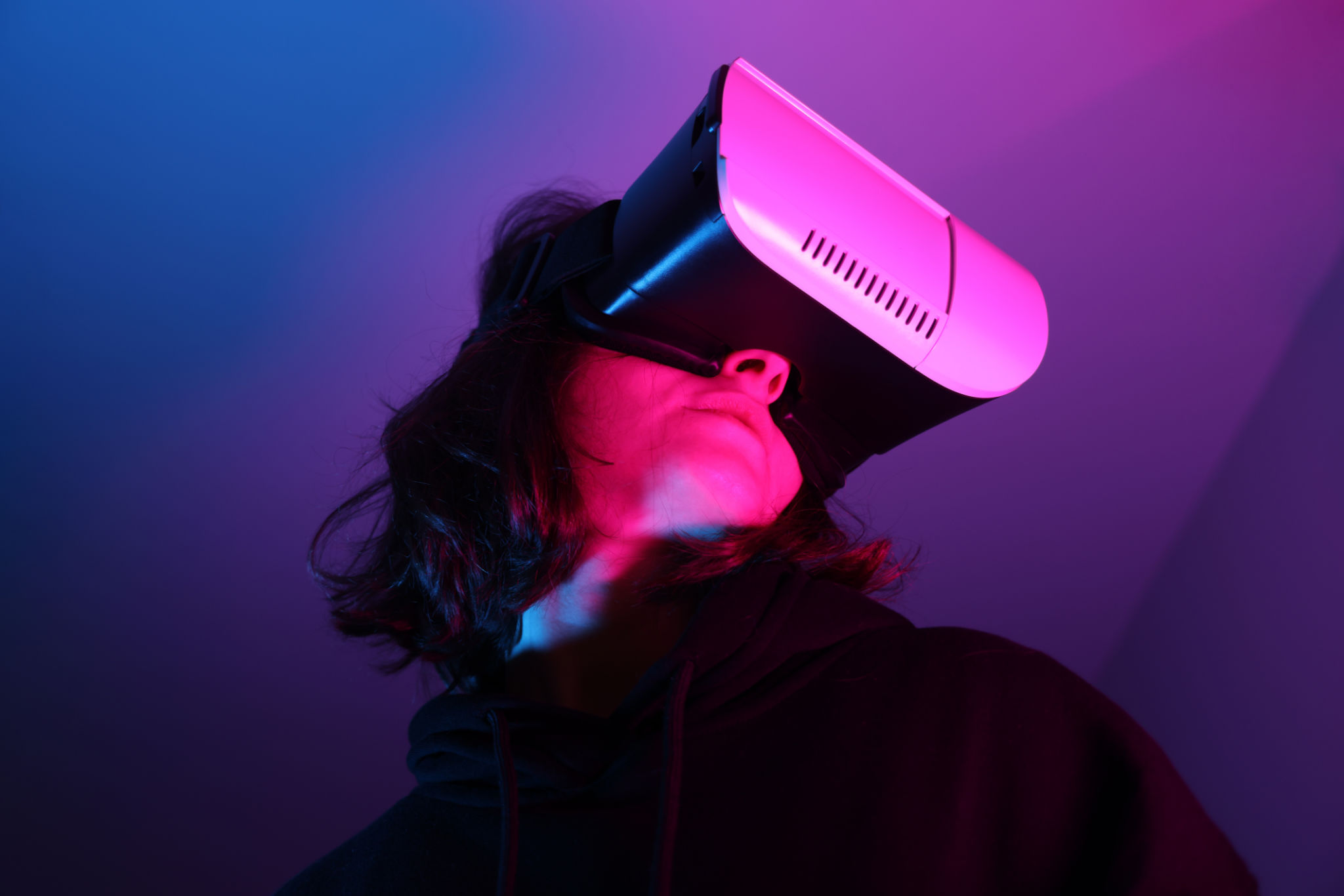Exploring the Depths: Crafting Immersive Sci-Fi Horror in VR
The Allure of Sci-Fi Horror in Virtual Reality
In recent years, the marriage of science fiction and horror genres has found a new home in the realm of virtual reality (VR). This immersive medium allows creators to build worlds that not only captivate but also terrify. By placing players directly into these environments, VR offers an unparalleled opportunity to explore the depths of fear and wonder.

Building Immersive Worlds
Crafting an immersive sci-fi horror experience begins with world-building. Developers must create environments that feel both alien and familiar. This delicate balance draws players in, setting the stage for tension and suspense. Careful attention to detail, from the eerie soundscapes to the unsettling architecture, is essential in grounding players in the narrative.
Utilizing VR's ability to simulate a 360-degree environment, creators can encourage players to look around, explore, and discover. This interactivity is key, as it engages users' senses and heightens the emotional response, making every creak of a door or shadow in the corner more impactful.
The Role of Sound in VR Horror
Sound design plays a crucial role in enhancing the horror experience in virtual reality. The use of binaural audio can create a sense of space and directionality, making players feel as though they are truly surrounded by the game's environment. This immersive soundscape is vital to building tension, as unexpected noises can cause players to doubt their surroundings and anticipate danger.

Moreover, music and ambient sounds can be used strategically to manipulate emotions. A sudden shift from silence to intense audio can jolt players and make their hearts race, while subtle background noises can maintain a sense of unease throughout the experience.
Interactive Storytelling Techniques
In VR, storytelling becomes a dynamic process where players are participants rather than passive observers. Developers can use branching narratives, where decisions impact the outcome of the story, to increase engagement. This element of choice adds complexity and replayability, encouraging players to explore different paths and outcomes.
Additionally, incorporating environmental storytelling allows the world itself to tell a story. Clues hidden in the environment, such as scattered notes or cryptic symbols, invite players to piece together the narrative themselves, deepening their investment in the game's world.

Challenges and Rewards of VR Development
Developing sci-fi horror experiences in VR comes with its own set of challenges. Technical limitations such as motion sickness and hardware constraints must be carefully managed to ensure a smooth experience. However, overcoming these hurdles can lead to rewarding outcomes, as VR has the potential to deliver experiences that are more visceral and memorable than traditional formats.
Furthermore, as technology continues to advance, the possibilities for innovation in VR are ever-growing. With each new development, creators gain new tools to push the boundaries of what is possible within this immersive medium.
The Future of Sci-Fi Horror in VR
The potential for sci-fi horror in VR is vast and largely untapped. As more creators venture into this space, we can expect to see increasingly sophisticated and terrifying experiences that challenge our perceptions of reality. These immersive worlds will not only entertain but also provoke thought about our relationship with technology and the unknown.
In conclusion, crafting immersive sci-fi horror in VR is both an art and a science. By leveraging world-building, sound design, interactive storytelling, and overcoming technical challenges, developers can create experiences that captivate and horrify in equal measure. As this genre continues to evolve, one thing is certain: the depths of fear will only grow deeper.